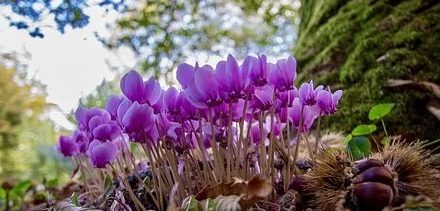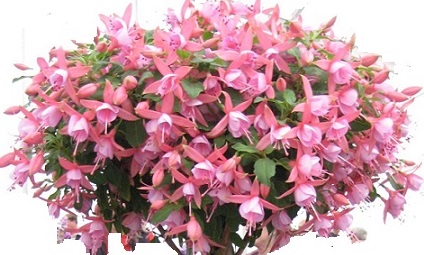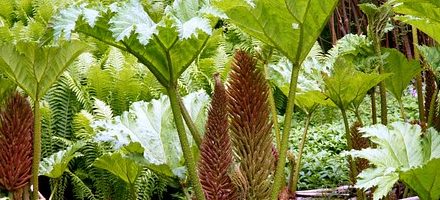GARDENING FOR THE FUTURE
 On 30 January ODGC was delighted to welcome back Jack Willgoss of Wildegoose Nursery, Munslow. Twenty years ago Jack and his wife, Laura, developed a derelict two acre site comprising Millichope Park’s former kitchen garden which had been untouched since the 1950s. Their intention was to create a nursery showcasing choice perennials, bulbs and grasses. The site consisted of rough pasture containing little wildlife with derelict glasshouses. The latter were found to be Georgian and have been restored.
On 30 January ODGC was delighted to welcome back Jack Willgoss of Wildegoose Nursery, Munslow. Twenty years ago Jack and his wife, Laura, developed a derelict two acre site comprising Millichope Park’s former kitchen garden which had been untouched since the 1950s. Their intention was to create a nursery showcasing choice perennials, bulbs and grasses. The site consisted of rough pasture containing little wildlife with derelict glasshouses. The latter were found to be Georgian and have been restored.
The couple who met as horticultural students set about clearing the site for the perennials by spraying the grass with Round Up, common practice twenty years ago before the harmful effects of glyphosate on bees and the soil were fully understood. The ground was dug and flower beds and paths laid out
The area designated as the kitchen garden was cultivated organically as they did not wish to eat fruit and vegetables which had been treated with a cocktail of chemicals.
Ten years on their gardening practice had changed dramatically for two basic reasons, warming due to climate change with the consequent need to conserve water and concern about the harmful effects of chemicals. The garden is now completely organic. The soil layer is thin, overlying limestone, therefore vegetables are cultivated in raised beds employing the no-dig principle to avoid destroying the soil structure and to conserve moisture. Ornamental plants are watered only when planted, no artificial fertilisers are used only manure. In late winter the dead perennial stems are cut down and roughly shredded with a lawnmower before being added to the flower borders as a mulch.
Over the last twenty years it has been frequently dry in April and May. Jack feels that there is no room for sentiment in gardening and accepts that if the climate warms much more he will be unable to grow his beloved phlox, of which he has over forty varieties. These require a moist rich soil. At present plants like phlox and helenium receive an extra layer of manure to lock in moisture.
Jack urged us to collect our own seeds as not only are the plants used by the major seed companies often heavily sprayed but also if a plant has done well in our gardens its progeny are likely to do well. Drought tolerant perennials include Filipendula, Sanguisorba, Agastache and Persicaria , also grasses such as Calamagrostis, Deschampsia, Miscanthus and Melica.
The intention was to make a garden to give pleasure to themselves as well as to nursery visitors and the accompanying slideshow illustrated that Jack and Laura have created a garden brimming with colour and texture, a haven for wildlife.
Ghislaine Arundale








